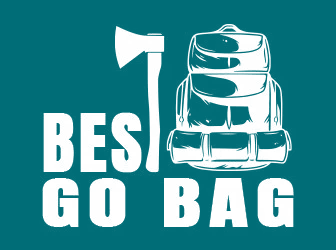Proteins are crucial for life. They are the main components of our cells. And considering that the average human body has 37.2 trillion cells, that makes proteins pretty important.
Actually, proteins are part of every cell, tissue and organ in our bodies. They contribute to building, repairing and maintaining tissues.
They also serve other essential functions. Including triggering important processes within our cells, such as cell division, cell shape maintenance and cell movement. In addition, proteins help our muscles move smoothly.
Twenty amino acids are linked together in a chemical bond to form protein. Nine of them are called essential amino acids.
Protein is essential for life
Animal sources, such as meat, fish and dairy products, contain all of the amino acids. Green water lentil is one of the few other sources that does the same.
When people decide they want to become vegetarians or vegans, they must address how to replace those essential amino acids.
Whether you are a meat eater, a vegetarian or a vegan, it’s good to know additional food sources for protein.
Why? Because proteins cannot be produced by the human body. They are essential for life and need to be consumed through your diet.
Protein-packed beans
Today we’re going to take a look at non-meat sources for protein. One of the most popular is beans. They can serve as a protein-rich, low-fat alternative for meat.
But which beans have the most protein? The answer is soybeans. In just one-half cup of soybeans you can get nearly one-third of your daily value for protein. That’s assuming you consume about 2,000 calories per day.
Most of the other beans provide between 15 and 20 percent of your daily value of protein.
They include lentils, split peas, garbanzo beans and red kidney beans. Plus pinto beans, black beans, navy beans, lima beans and chickpeas.
Combining beans with other foods, including soups, salads, pastas, rice, hummus, whole-grain bread and yogurt, will provide even more amino acids.
Nuts and seeds
Beans are hardly alone when it comes to adding protein to your diet. Other protein-rich foods are nuts and seeds.
Almonds and walnuts contain plenty of protein. And they can be eaten alone or chopped up and added to salads, cereal, oatmeal, yogurt and a whole lot more.
You’ll get the maximum health benefits from nuts when they are “naked,” as opposed to salted or flavored.
Other nuts and seeds to consider are cashews, pecans, flax seeds, pumpkin seeds, sesame seeds and sunflower seeds.
More protein-rich foods
Here are some other foods that will add protein to your diet:
- Quinoa: This protein-packed seed can be used instead of rice or pasta in a variety of foods, including pancakes and muffins.
- Ancient grains. Spelt, amaranth, teff and sorghum are great options for adding protein.
- Hard-boiled eggs. Eat them as is, or chop them up and add to salads.
- Cheese. This dairy product can come in the form of string or slices and can be placed on top of crackers. Some people like to spread cottage cheese on a whole-grain bagel.
- Protein bars. These come in a variety of flavors. Just make sure the sugar content is not high.
- Trail mix. Among the ingredients to look for are walnuts, almonds, dark chocolate chips and coconut flakes.
- Spread peanut butter on a banana or celery sticks.
- There are many ways to add protein to your diet. Make sure you include a nice variety of them, especially if you don’t eat much meat, fish or dairy.



